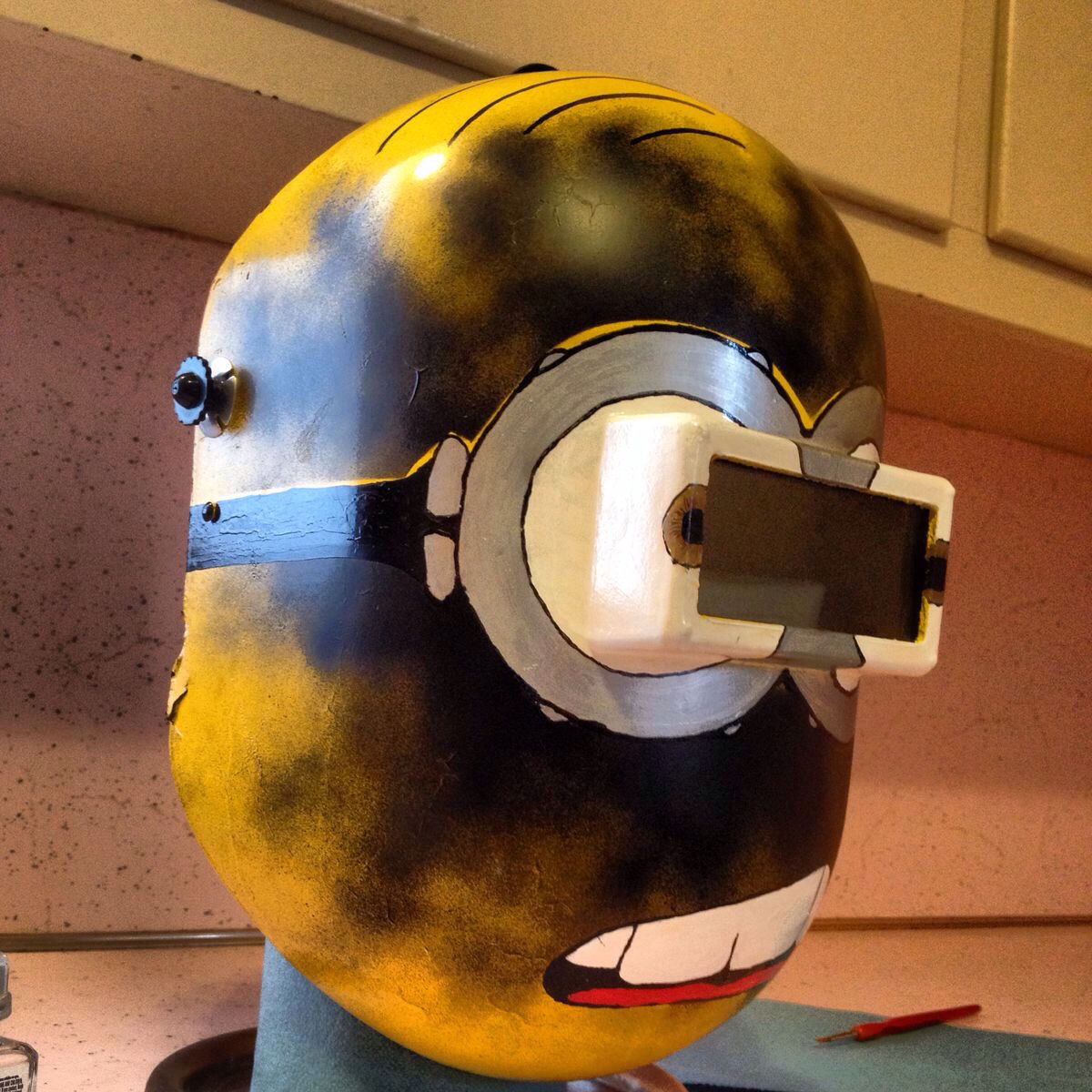Title Page
-
Site conducted
Shop Audit Checklist
-
Conducted on
-
Prepared by
-
Location
- Alliance
- Cicero
- Commerce
- Corwith
- Hobart
- Houston
- LPC
- LPKC
- Memphis
- Oakland
- Portland
- San Bernardino
- SIG
- South Seattle
- St. Louis
- St. Paul
- Stockton
- Willow
-
Company
Employer Posting
-
Is the required OSHA Job Safety and Health Protection Poster displayed in a prominent location where all employees are likely to see it?
-
Are signs concerning exit routes, exposures or other harmful substances posted where appropriate?
Record Keeping
-
Are employee training records kept and accessible for review by employees?
-
Are operating permits and records up-to-date for items such as air pressure tanks, liquefied petroleum gas tanks, etc.?
General Conditions
-
Are walking surfaces clean, clear of debris, and dry?
-
Are warning signs placed in wet floor areas?
-
Are stairs, steps, handrails, and landings in good condition?
-
Is area lighting adequate?
-
Is general housekeeping acceptable and storage neat and orderly?
-
Are hazardous waste labels posted on all necessary containers?
-
Are flammable solvents in excess of five gallons bonded and grounded?
-
Are No Smoking signs posted in appropriate areas?
-
Are all portable chemical containers labeled with the name of the product<br>and its physical and health hazards?
Medical and Emergency
-
Are any employees trained in First Aid?
-
Are First Aid supplies available including:<br>a. assorted bandages/gauze<br>b. rubber gloves<br>c. CPR micro shield<br>d. hydrogen peroxide<br>e. First Aid book
Walkways
-
Are aisles and passageways kept clear and marked as appropriate?
-
Are wet surfaces covered with non-slip materials?
-
Are holes in the floor, sidewalk, or other walking surface repaired properly, covered, or otherwise made safe?
-
Is there safe clearance for walking in aisles where motorized or mechanical handling equipment is operating?
-
Are materials or equipment stored in such a way that sharp projections will not interfere with the walkway?
-
Are spilled materials cleaned up immediately?
-
Are aisles or walkways that pass near moving or operating machinery, welding operations, or similar operations arranged so employees will not be subjected to potential hazards?
-
Is adequate headroom provided for the entire length of any aisle or walkway?
-
Are standard guardrails provided wherever aisle or walkway surfaces are elevated more than 30 inches (76.20 centimeters) above any adjacent floor or the ground?
Floor and Wall Openings
-
Are floor openings guarded by a cover, a guardrail, or equivalent on all sides (except at stairways or ladder entrances)?
-
Is the glass in windows, doors, glass walls, etc., subject to possible human impact, of sufficient thickness and type for the condition of use?
Stairs and Stairways
-
Do standard stair rails or handrails on all stairways have at least four risers?
-
Are steps slip-resistant?
-
Where stairs or stairways exit directly into any area where vehicles may be operated, are adequate barriers and warnings provided to prevent employees from stepping into the path of traffic?
Elevated Surfaces
-
Are signs posted, when appropriate, showing the elevated surface load capacity?
-
Are surfaces that are elevated more than 30 inches (76.20 centimeters) provided with standard guardrails?
-
Is material on elevated surfaces piled, stacked, or racked in a manner to prevent it from tipping, falling, collapsing, rolling, or spreading?
Tool and Equipment Safety
-
Are all tools stored properly when not in use?
-
Are appropriate tools equipped with eye\tongue guards and a tool rest if required?
-
Are air hoses used for pneumatic tools free of defects?
-
Are all rotating pulleys, belts, fans, and wheels, etc., within seven feet properly guarded?
-
Are all cords/hoses stored properly and not blocking pathways when not in used?
-
Are all electrical cords and hoses in good condition?
Corrective Actions
-
Please explain below what corrective actions were taken and what the follow-up plan will be.
-
All corrective actions and follow-ups have been completed.










